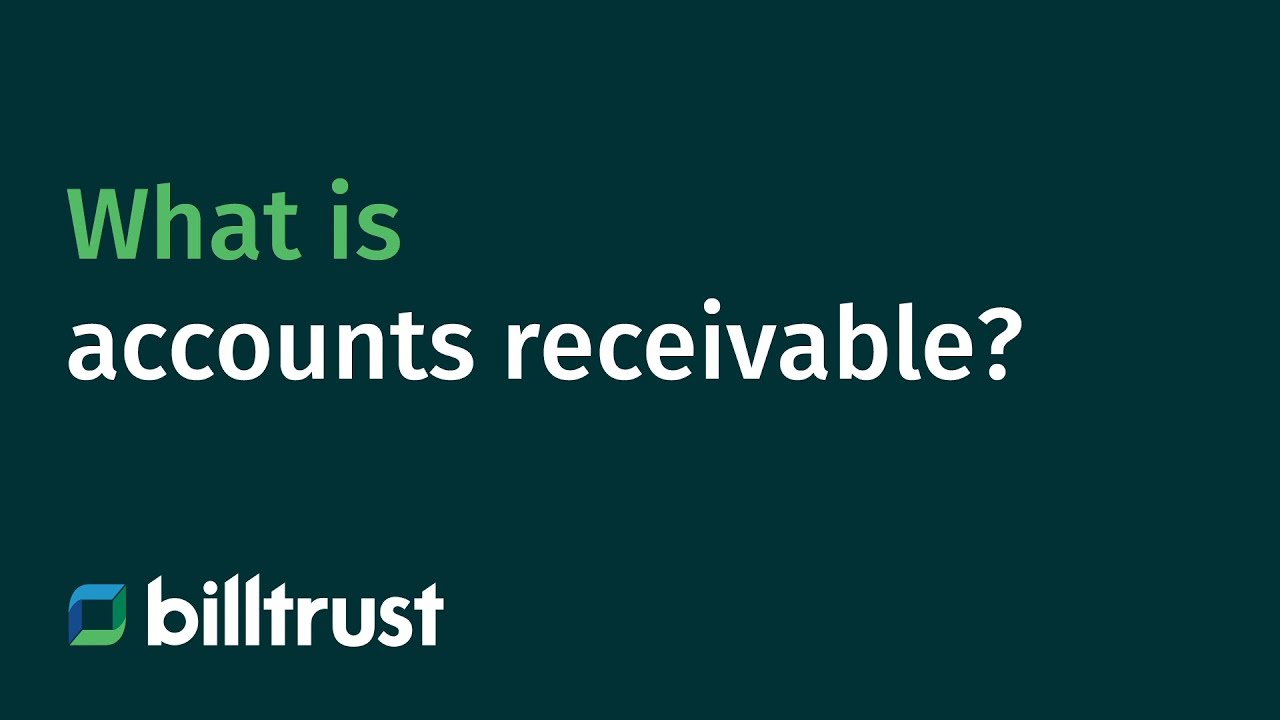Essential accounts receivable tasks for your year-end checklist
Blog | August 11, 2022
Reading time: 6 minAccount receivables can be complicated. Learn more about year-end activities that will prepare your company for the next tax season with our quick guide.





